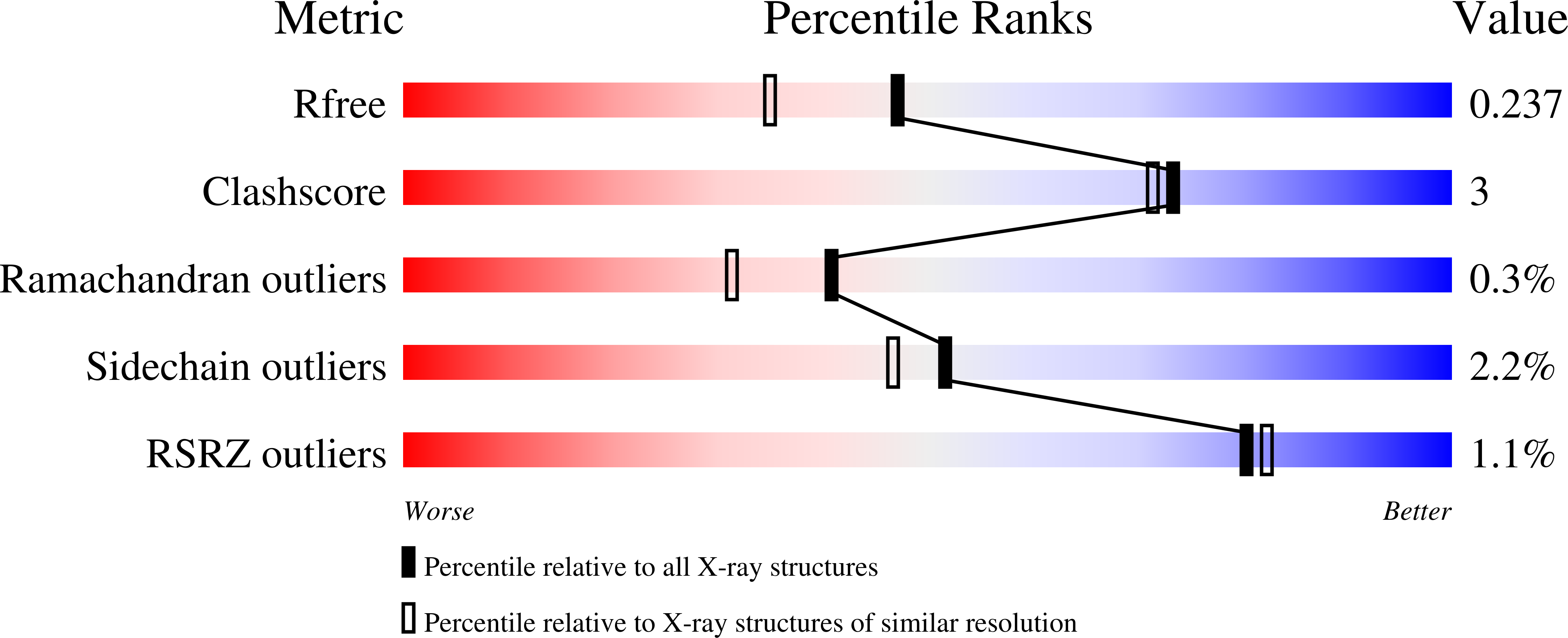
Deposition Date
2023-09-08
Release Date
2023-11-22
Last Version Date
2024-10-09
Entry Detail
PDB ID:
8QHL
Keywords:
Title:
Human Angiotensin-1 converting enzyme N-domain in complex with the lactotripeptide VPP
Biological Source:
Source Organism:
Homo sapiens (Taxon ID: 9606)
Bos taurus (Taxon ID: 9913)
Bos taurus (Taxon ID: 9913)
Host Organism:
Method Details:
Experimental Method:
Resolution:
1.90 Å
R-Value Free:
0.23
R-Value Work:
0.18
Space Group:
P 1


